Parrots Have Begun Swinging Through Trees Like Monkeys
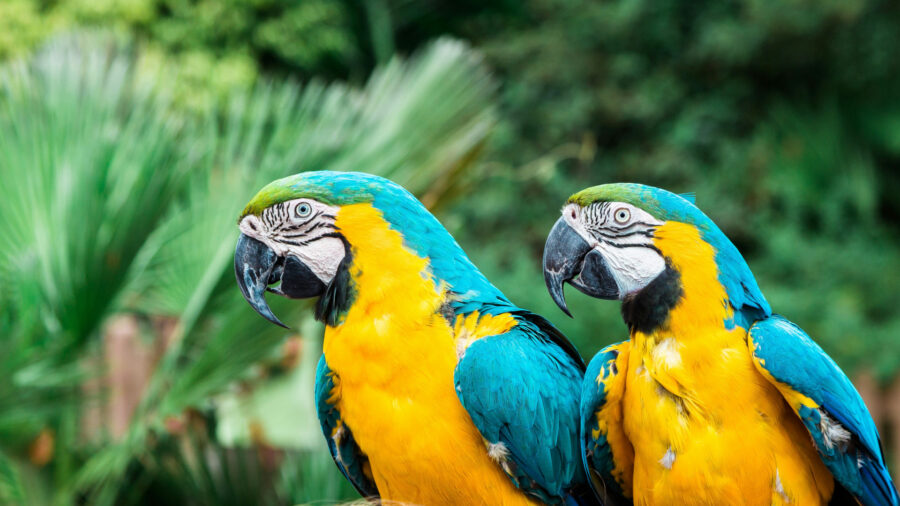
Parrots are noted for vocalizing words and sounds that they often hear others make. A new study says they also have begun swinging through trees in a manner similar to what monkeys do. The study shows the exotic birds using their beaks to swing from tree to tree much like monkeys often do with their arms and legs.
Swinging From Their Beaks And Feet
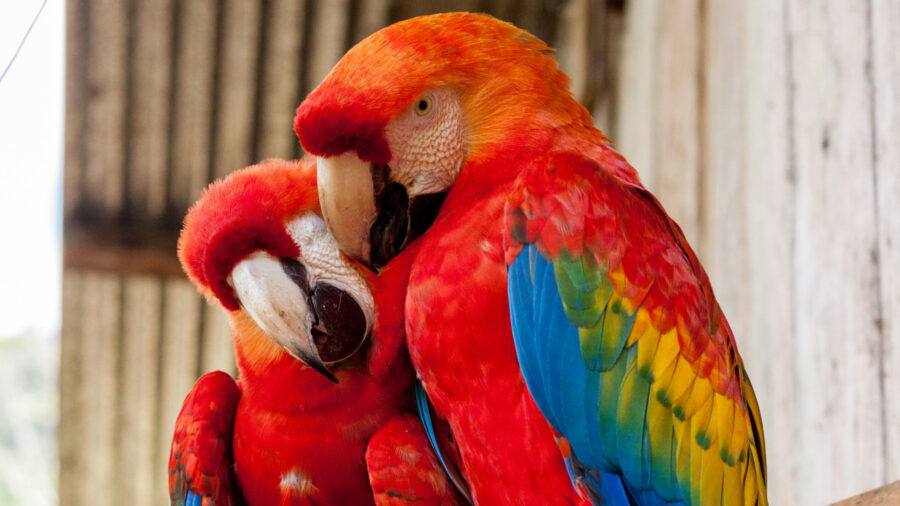
A study published by the journal Royal Society Open Science suggests parrots use their very sturdy beaks and their bodies’ extreme flexibility to swing along the undersides of branches. Their beaks undergo comparable amounts of force that primates experience when swinging from one tree to the next. The resulting movement is like that of a pendulum with a fairly long travel distance per swing.
Researchers used video recorders to capture the parrots in their native habitats and analyzed the videos frame by frame to determine how parrots are swinging from tree to tree. They discovered the birds using their beaks in a completely unexpected manner to go from one tree to the next.
Surprisingly Similar To Primates
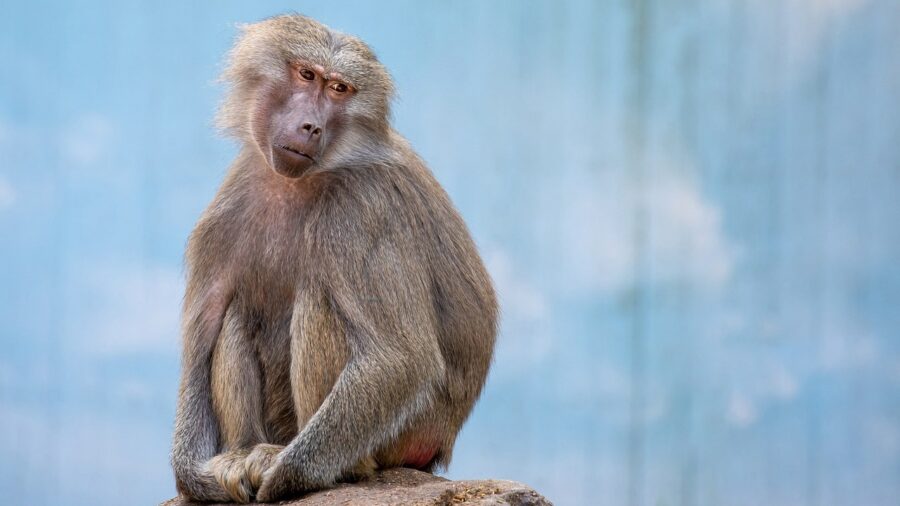
The researchers coined the term “beakiation” to describe the newly discovered form of motion that some birds use with their beaks and hind legs. As the bird grasps a new branch of twig with its beak, it simultaneously releases its hind legs to enable the swinging motion that enables them to travel from tree to tree or branch to branch. Parrots’ beaks can generate gripping force that is up to 37 times their body weight.
The parrots use a slower and more careful movement than monkeys, orangutans, and other primates to make their bodies swing longer distances. But the force they exert is very similar to the scale larger primates experience when swinging from tree to tree by using their muscular forearms. The birds also use a unique method to secure themselves to a new branch when swinging from tree to tree.
A Highly Coordinated Sequence Of Movements
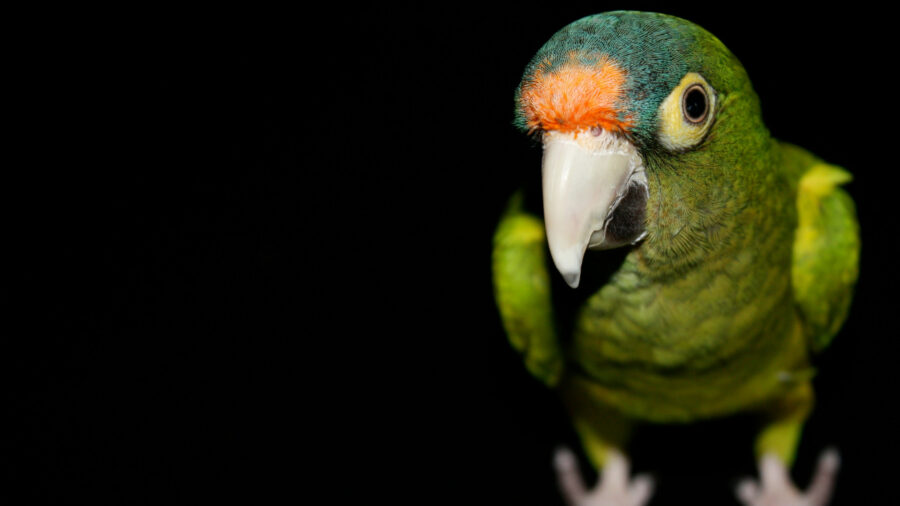
The exotic birds start by grabbing a support limb above their heads and secure it with their relatively powerful beaks. Then they release the grip their hind legs and claws have on small branches and swing forward to the next branch or tree. Their beaks become pivot points that also anchor them to one tree, branch, or twig before securing their hind feet and legs to the next tree, branch, or twig.
A Fascinating Mode Of Travel
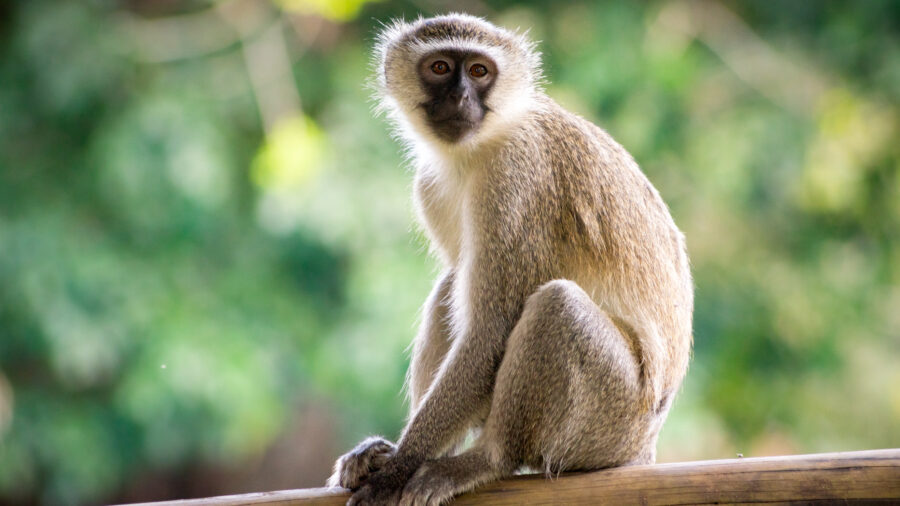
It’s a movement very similar to monkey and primates who secure themselves by holding a branch with their hands and forearms. Then the parrots swing forward and catch the next branch or tree with their powerful feet, which they can use to grasp items much like they do with their hands. In such a manner, a monkey or another primate can cover a good distance without setting foot on the ground.
All In The Name Of Safety
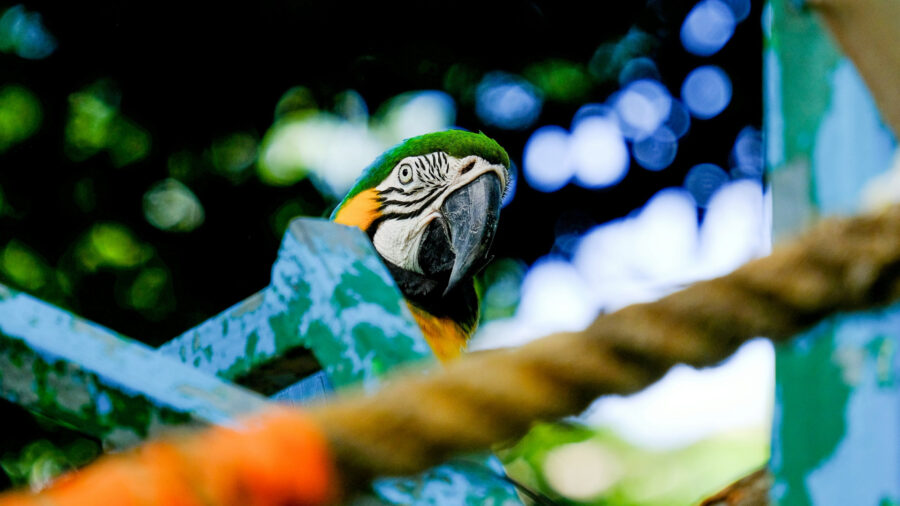
Parrots likewise can spare themselves the indignity of moving about on the ground while on their feet, which could expose them to ground-based predators. The odds of being pounced and killed by a wildcat or another deadly predator are much lower when a parrot swings from tree to tree than when moving about on the ground. Flying within a forested area also has its limitations when large tree trunks and branches get in the way.
Source: Royal Society Open Science












